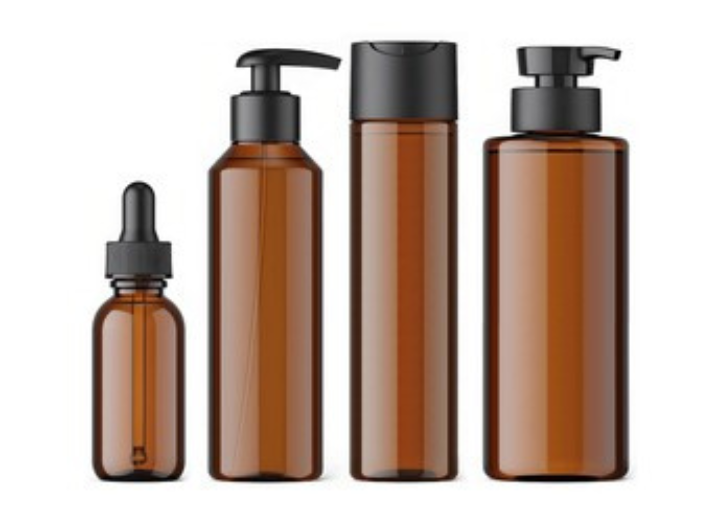Hair conditioner is a hair care cosmetic product used to improve the feel, texture, appearance and manageability of hair.
Its main purpose is to reduce friction between strands of hair to allow smoother brushing or combing, which might otherwise cause damage to the scalp.Various other benefits are often advertised, such as hair repair, strengthening, or a reduction in split ends.Conditioners are available in a wide range of forms, including viscous liquids, gels and creams, as well as thinner lotions and sprays.
There are several types of hair conditioner ingredients, differing in composition and functionality:
- Acidifiers are acidity regulators that maintain the conditioner’s pH at about 3.5. In contact with an acidic environment, the hair’s somewhat scaly surface tightens up as the hydrogen bonds between the keratin molecules are strengthened.
- Antistatic agents, which bind to the hair and reduce the static, can include cationic polymers such as Polyquaternium-10 and Guar Hydroxypropyltrimonium Chloride.
- Detanglers modify the hair surface pH as acidifiers or coat it with polymers as glossers.
- Glossers are light-reflecting chemicals that bind to the hair surface and are usually polymers, usually silicones (e.g., Dimethicone or Cyclopentasiloxane).
- Lubricants such as fatty alcohols, Panthenol, Dimethicone, etc.
- Moisturizers, whose role is to hold moisture in the hair, usually contain high proportions of humectants. These could also be provided by natural oils such as Prunus Amygdalus Dulcis (sweet almond) oil.[11]
- Oils (EFAs – essential fatty acids) can help dry/porous hair become more soft and pliable. The scalp produces a natural oil called sebum. EFAs are the closest thing to natural sebum (sebum contains EFAs).
- Preservatives protect the product from spoilage by microorganisms during the product’s shelf life.
- Reconstructors, usually containing hydrolyzed protein, supposedly penetrate the hair and strengthen its structure through polymer cross-linking.
- Sequestrants improve function in hard water.
- Sunscreen provides protection against protein degradation and color loss. Currently, Benzophenone-4 and Ethylhexyl Methoxycinnamate are the two sunscreens most commonly used in hair products. Cinnamidopyltrimonium Chloride and a few others are used to a much lesser degree. The common sunscreens used on the skin are rarely used for hair products due to their texture and weight effects.
- Surfactants – approximately 97% of hair consists of a protein called keratin. The surface of keratin contains negatively charged amino acids. Hair conditioners therefore usually contain cationic surfactants, which don’t wash out completely, because their hydrophilic ends strongly bind to keratin. The hydrophobic ends of the surfactant molecules then act as the new hair surface.[12] Examples are Behentrimonium Chloride and Cetrimonium Chloride.
- Thermal protectors, usually heat-absorbing polymers, shield the hair against excessive heat caused by blow-drying, curling irons, hot rollers, etc.
Conditioners are frequently acidic, as low pH protonates the keratin’s amino acids. The hydrogen ions give the hair a positive charge and create more hydrogen bonds among the keratin scales, giving the hair a more compact structure. Organic acids such as citric acid are usually used to maintain acidity.
Photo Credit: Shutterstock







Add Comment
You must be logged in to post a comment.